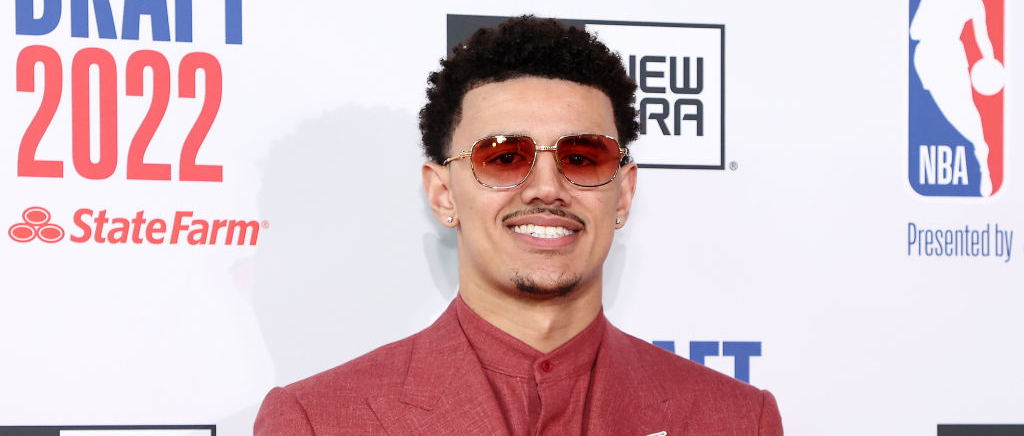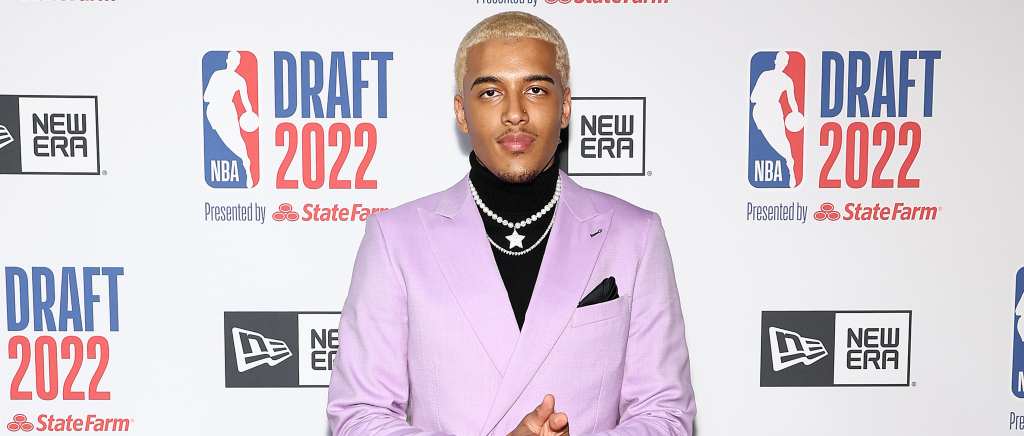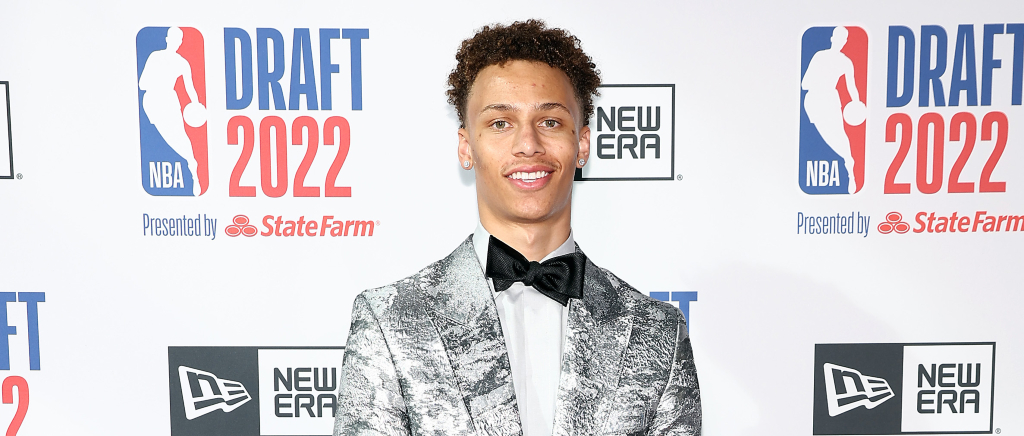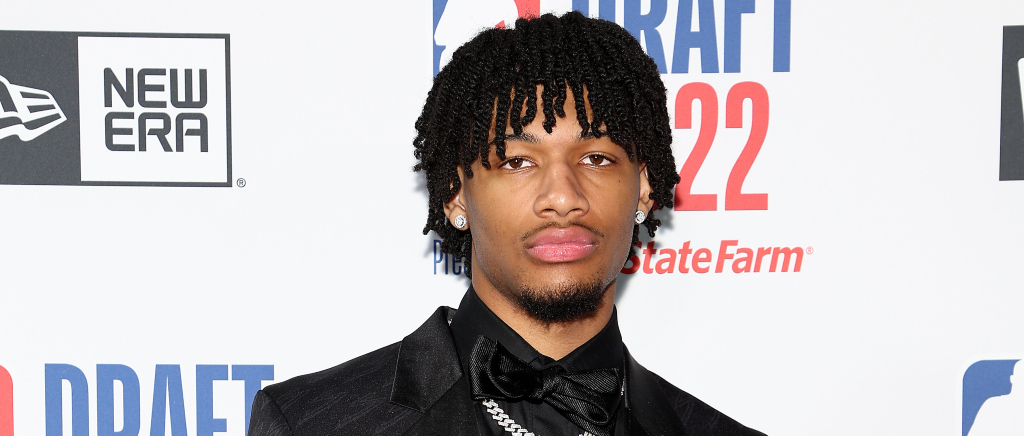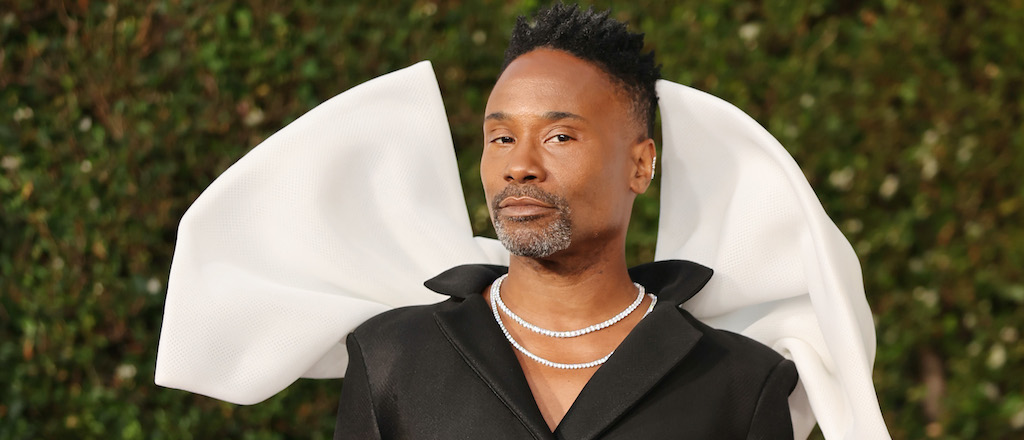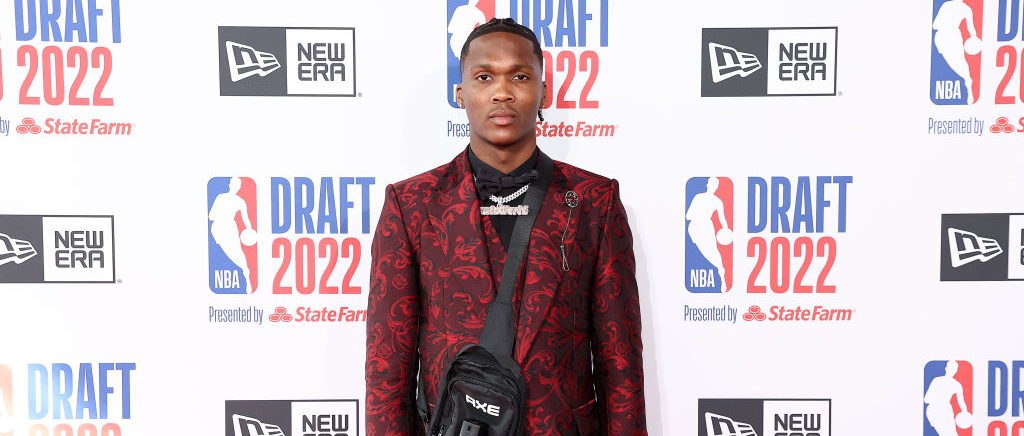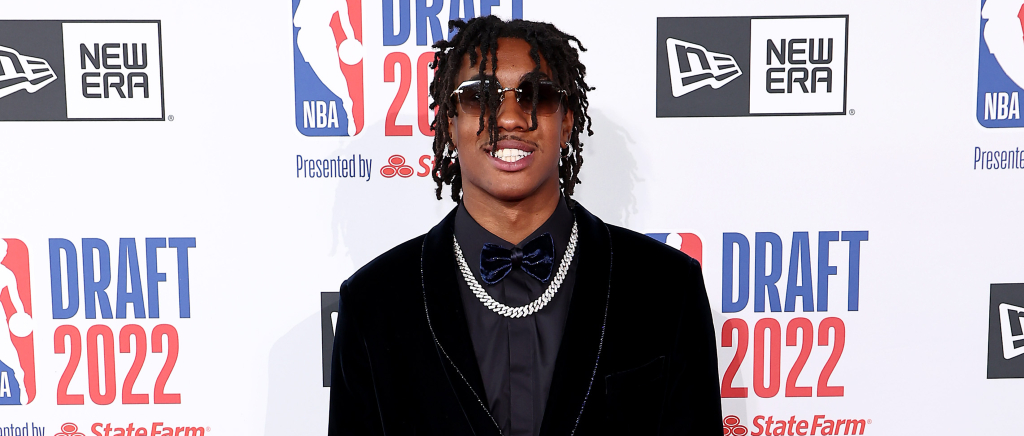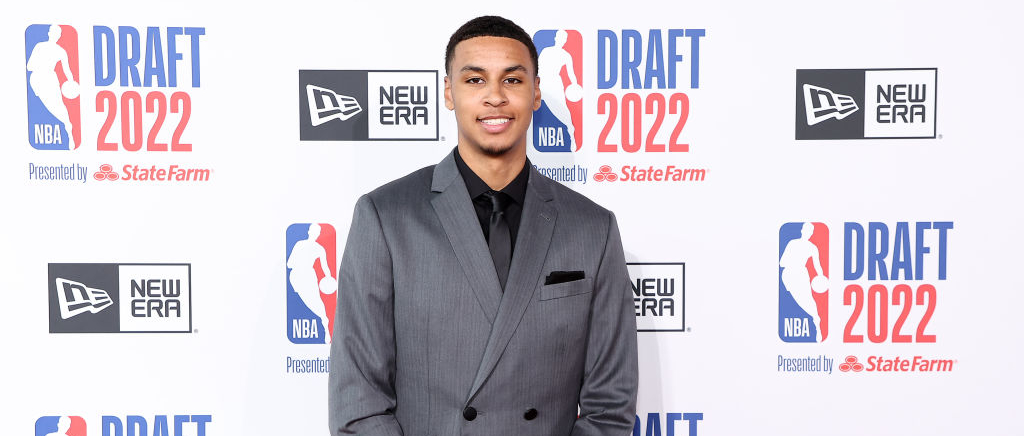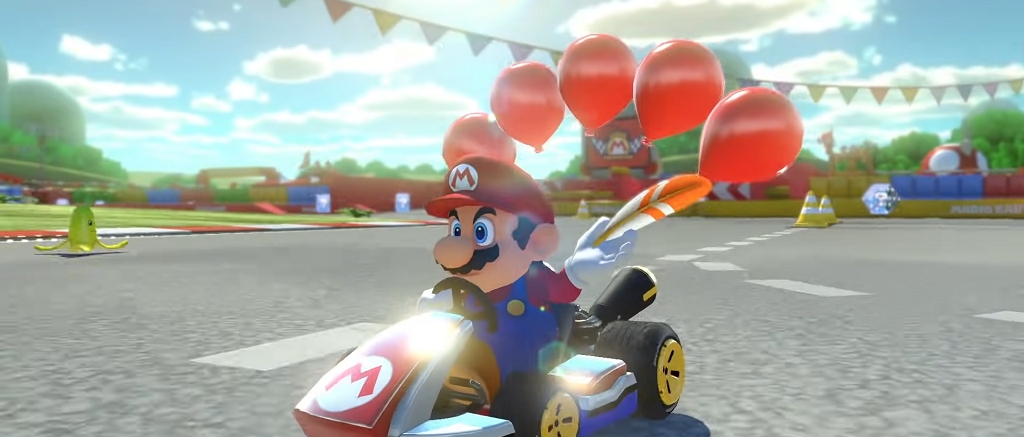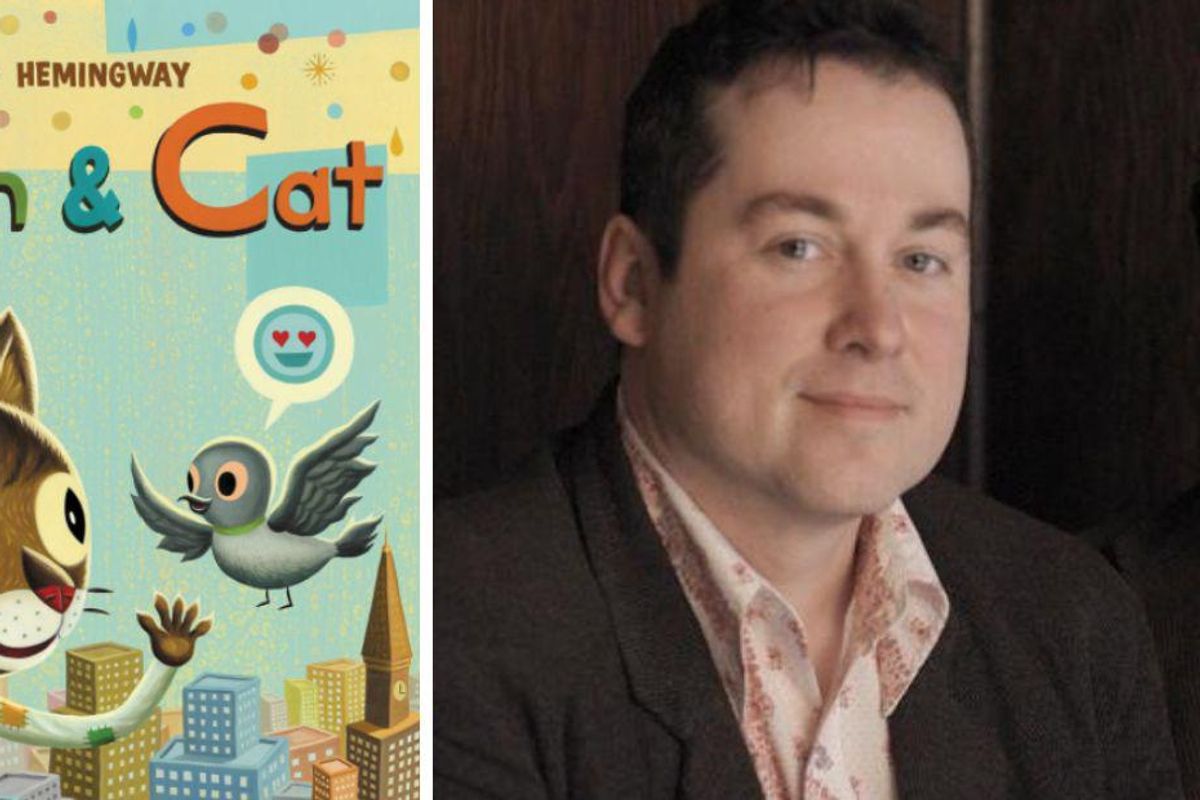
I’m going to say it right now: I think picture books get a bad rap. They’re written off as silly books for little ones, but there are a lot of picture books out there that have strong messages and deal with real issues. A new picture book, “Pigeon & Cat,” by author Edward Hemingway, may be written for kids, but it’s certainly a book that will teach a lesson to everyone who reads it.
Dealing with issues like homelessness and empathy, “Pigeon & Cat” tells the story of an unlikely pair of animal friends who find each other and lose each other. But it also teaches how one simple act of kindness can change someone’s life.
I got to chat with Hemingway about what inspired him to write such a story and what writing this book has taught him about living life in the last couple years.
Inspiration for “Pigeon & Cat”
During the early 2000s and into the 2010s, Hemingway lived in the Red Hook neighborhood of Brooklyn, New York. The idea for the character, Cat, came from the time he lived there.
“I noticed all these feral cats living in the neighborhood and they would live in these abandoned lots,” Hemingway explained. “They were all so cute and I would go up to them and unfortunately they’re very territorial. I was fascinated with them and I was always trying to win them over, but I wondered, you know, what would it take to win them over?”
After Hurricane Sandy in 2012, Hemingway was forced to leave his home in Red Hook. And even though he had left the neighborhood, he couldn’t help but wonder what had happened to those feral cats. So when he was creating this new character, he immediately thought of those cats.
Feral cats are a very specific kind of cat. When we meet Cat, he lives alone in a vacant lot and is fiercely territorial of his space. He never wants to leave his lot for fear of losing the only thing that’s his, which keeps him from making meaningful relationships.

The relationship between Pigeon and Cat
In the story, Cat finds Pigeon’s egg in a nearby nest. Despite knowing that the egg would make a wonderful meal for a hungry cat, he doesn’t eat the egg. Instead he allows it to hatch and cares for the little bird.
“Pigeon’s also a stray, but she’s known nothing but love because Cat loves her. And so she is able to show Cat that he’s capable of loving so much more,” Hemingway said. “I love that idea of this small single act of kindness actually changing an entire community because it brings these two animals together.”
Cat pours so much love and care into Pigeon’s well-being. He begins to decorate their lot with pretty things and teaches Pigeon words. His love and care offers Pigeon the safety to explore, which eventually means that she leaves the lot, and Cat is alone again. But this time it’s different.
Empathy has a ripple effect
Throughout our conversation, one word came up a lot: empathy. The empathy Cat shows for Pigeon’s egg changes both of their lives for the better. And when Pigeon leaves their lot, Cat is a different animal than he was at the beginning of the book. He goes out into the world unafraid—he’s learned you can find friends where you least expect them.
“I really wanted to make a book that kind of celebrated the things that bring us all together, that make us a community,” Hemingway said.
During their time apart, both Pigeon and Cat see more of their city, making new friends and having new experiences. Cat especially learns that not everyone is a threat because he’s forced to talk to other animals in his quest to find Pigeon.
“This small act of kindness actually changes both of these characters’ lives and not only changes their lives, but actually leads to urban renewal.” Hemingway explained.
In the end, Pigeon and Cat turn their lot into a home for more than just themselves. They create a new community for other stray animals who don’t have homes where they can share their resources and support each other.

Why did he choose a pigeon and cat of all the possible animal choices?
“I think visually I love the, sort of the difference between a, you know, a feral cat and a, and a city pigeon that they’re both, they’re so different, also dynamically in the way that they would move and think. And that’s why I think they make kind of a charming pair as well.”

On writing a book about homelessness, community and empathy during a pandemic
“It was just so trippy during the pandemic to be painting these big city scenes, you know?” he said. “And I was missing all that interaction. But also, when I painted it I was yearning for all that. So I think there’s some of that in the feeling of the book too.”
Hemingway, who is an artist first (he studied at the Rhode Island School of Design), handpaints all of his illustrations on a board about three times the size of a book page. Though he now lives in Montana, he fondly remembers the community of living in a city during major devastation. Though a hurricane is different than a pandemic, there’s a similar sense of isolation.
So, what does he ultimately want readers to gain from reading “Pigeon & Cat?”
“I want it to be like a unifying book, you know? Just to remind us all that we’re all in this together,” Hemingway said.
Whether you’re a kid or an adult, you will find something to take away from “Pigeon & Cat.” That’s the beauty of picture books.

